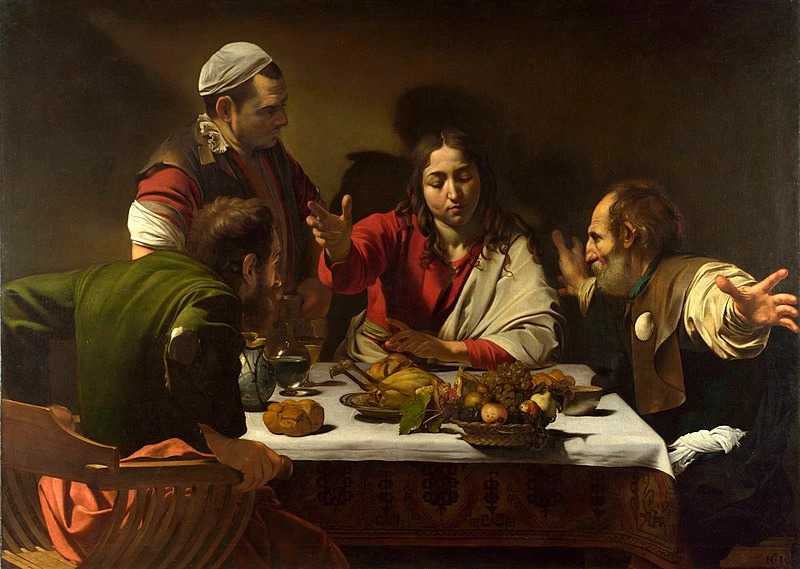Julie Ellis – Writing Task Object
The physical painting is an object which we see in a unique way, a window into another world which alters the way we perceive the one from which we view the painting. Merleau- Ponty describes this; “I would be at great pains to say where is the painting I am looking at. … do at a thing; I do not fix it in its place. My gaze wanders in it as in the halos of Being. (Andrews, 2018)
Most of us can understand or have perhaps experienced the immersive experience which can potentially destabilize and merge the viewing world into the world depicted or suggested in a painting. As a painter and creative thinker I look at a painting with some understanding as to the process, expertise, materials, tools, knowledge which make up the physical object alongside openness to understand the artist which made the work and how it may have been intended to communicate as well as how it communicates to me personally.
Although painting still holds a sense of wonder for me there are wider questions of.
· Media: bombardment of disposable imagery and virtual environments most of which are visual.
· Contemporary art is often less representational and not always physical. It can ask more questions of the viewer and present challenges, ambiguity and multiple interpretations.
· People are well travelled, multi-cultural, social, educated.
Questions of aesthetic and the visual object have been highlighted in my recent practice which I have been analysing from my own perspective as this is the only viewpoint I can genuinely scrutinise.It would seem that the factors which I have borrowed from Coessens that come into play when I make work also come into play when viewing the object which I have produced. The viewers tacit knowledge, environment, know how, cultural influences and interactions.
The practice and viewing of painting as an art genre test one’s perception in terms of ontology whilst being and existing in reality as an art object it also depicts something which can create a sense of being and realness. Particularly with less abstracted, representational and figurative painting such as the work of Italian painter Michelangelo Merisi Caravaggio.
I recently visited one of his paintings ‘Supper at Emmaus’ 1601 at The National Gallery, London. The realistic depiction and emotion are so beautifully executed there is an immersive feeling in the moment that is set out before the viewer. There is movement, conversation, light and texture which for me are felt as if stepping into the scene physically. In addition, my knowledge of the history of the maker in the gallery setting and the work is also present.Object – Being

Recent Comments